Archives
- 2025-11
- 2025-10
- 2025-09
- 2025-03
- 2025-02
- 2025-01
- 2024-12
- 2024-11
- 2024-10
- 2024-09
- 2024-08
- 2024-07
- 2024-06
- 2024-05
- 2024-04
- 2024-03
- 2024-02
- 2024-01
- 2023-12
- 2023-11
- 2023-10
- 2023-09
- 2023-08
- 2023-07
- 2023-06
- 2023-05
- 2023-04
- 2023-03
- 2023-02
- 2023-01
- 2022-12
- 2022-11
- 2022-10
- 2022-09
- 2022-08
- 2022-07
- 2022-06
- 2022-05
- 2022-04
- 2022-03
- 2022-02
- 2022-01
- 2021-12
- 2021-11
- 2021-10
- 2021-09
- 2021-08
- 2021-07
- 2021-06
- 2021-05
- 2021-04
- 2021-03
- 2021-02
- 2021-01
- 2020-12
- 2020-11
- 2020-10
- 2020-09
- 2020-08
- 2020-07
- 2020-06
- 2020-05
- 2020-04
- 2020-03
- 2020-02
- 2020-01
- 2019-12
- 2019-11
- 2019-10
- 2019-09
- 2019-08
- 2019-07
- 2019-06
- 2019-05
- 2019-04
- 2018-11
- 2018-10
- 2018-07
-
The present study intended to characterize the
2020-09-22
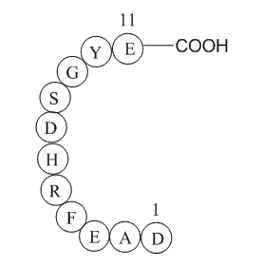
The present study intended to characterize the predominant cholinesterasic form found in tissues of three tropical fish species, namely Phalloceros harpagos Lucinda, 2008 (common name guaru), Pterygoplichthys pardalis Castelnau, 1855 (common name cascudo) and Astyanax altiparanae Garutti and Britski
-
As mentioned above of various constitutive models
2020-09-22
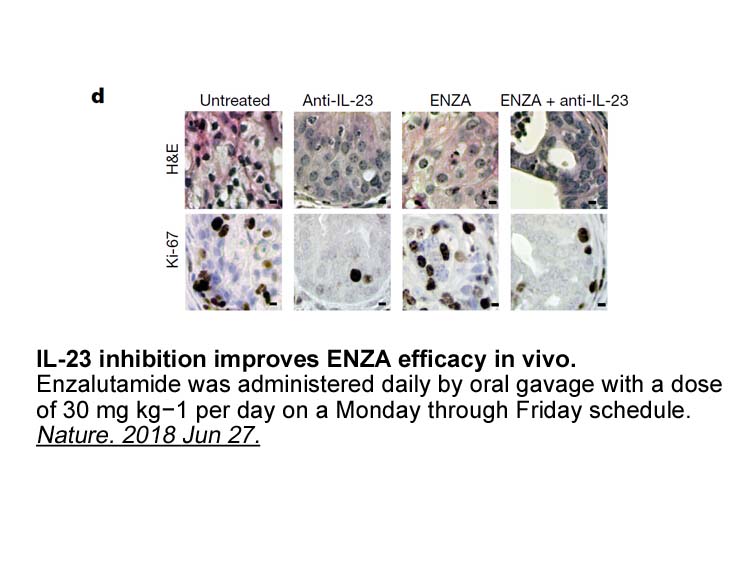
As mentioned above, of various constitutive models, the Chaboche kinematic model was widely used [3,7,[23], [24], [25], [26], [27]]. There exist many significant literature around the Chaboche/Chaboche type plasticity model calibration and its parameter determination methods. Aguis et al. [28] emplo
-
br Materials and methods br
2020-09-22
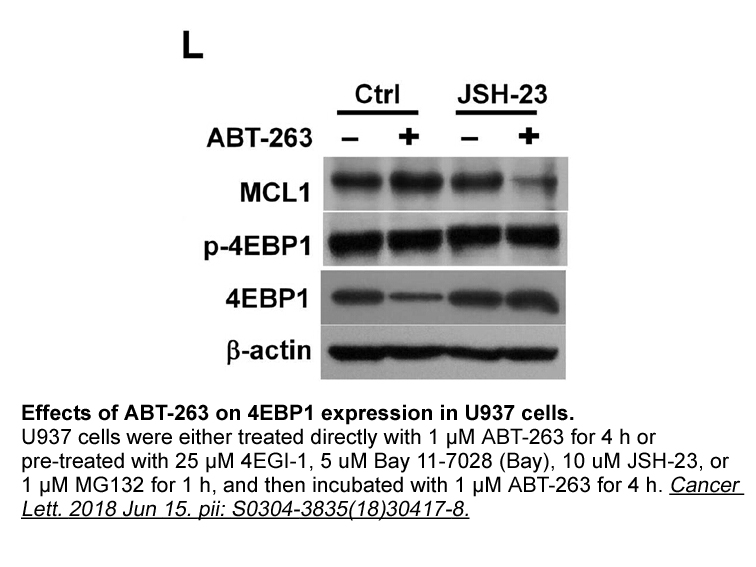
Materials and methods Results Discussion In this study, we confirmed the activation of Akt by udenafil in 3T3-L1 cells. To elucidate the underlying mechanism of udenafil, we focused on the mitochondria. Our findings demonstrated that udenafil improved mitochondrial function and expression o
-
Introduction Angiotensin II Ang II and
2020-09-22
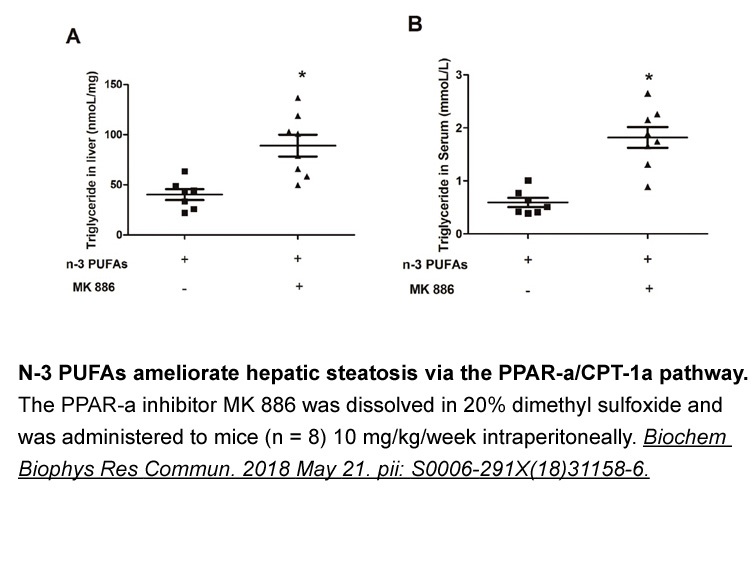
Introduction Angiotensin II (Ang II) and Endothelin 1 (ET-1) are potent vasoconstrictive peptides recognized as key players in many cardiovascular diseases [1]. Cardiac hypertrophy, ischemic arrhythmia, and stroke have been associated to an overstimulation of the angiotensin II type 1 (AT1) recepto
-
Bioinformatics analysis for genes encoding proteins ESR IL T
2020-09-22
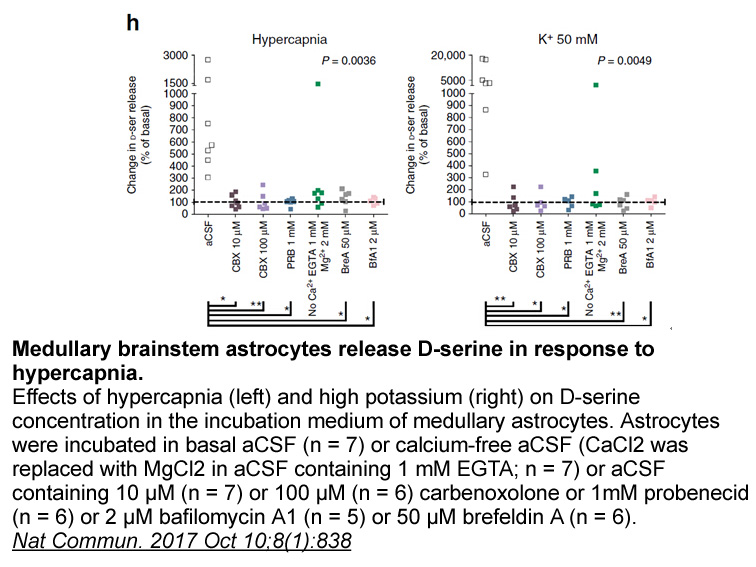
Bioinformatics analysis for genes encoding proteins (ESR1, IL6, TERT, DNMT3B) showed that NF-kB is one of the transcription factors that might be regulating their expression, especially for IL6, TERT and DNMT3B genes. Previous studies have demonstrated that PA induces NF-kB activation, thus increasi
-
SB 203580 hydrochloride Introduction Fish commonly employ ph
2020-09-21
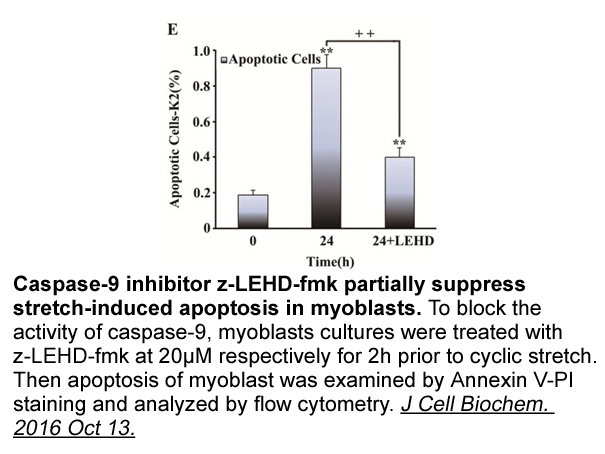
Introduction Fish commonly employ pheromones to regulate a variety of functions including reproductive communication [1]. Reproductive pheromones induce both primer effects, such as changes in the endocrine or physiological state of conspecifics, and releaser effects such as rapid behavioral respon
-
ampk pathway While these previous correlative studies have
2020-09-21
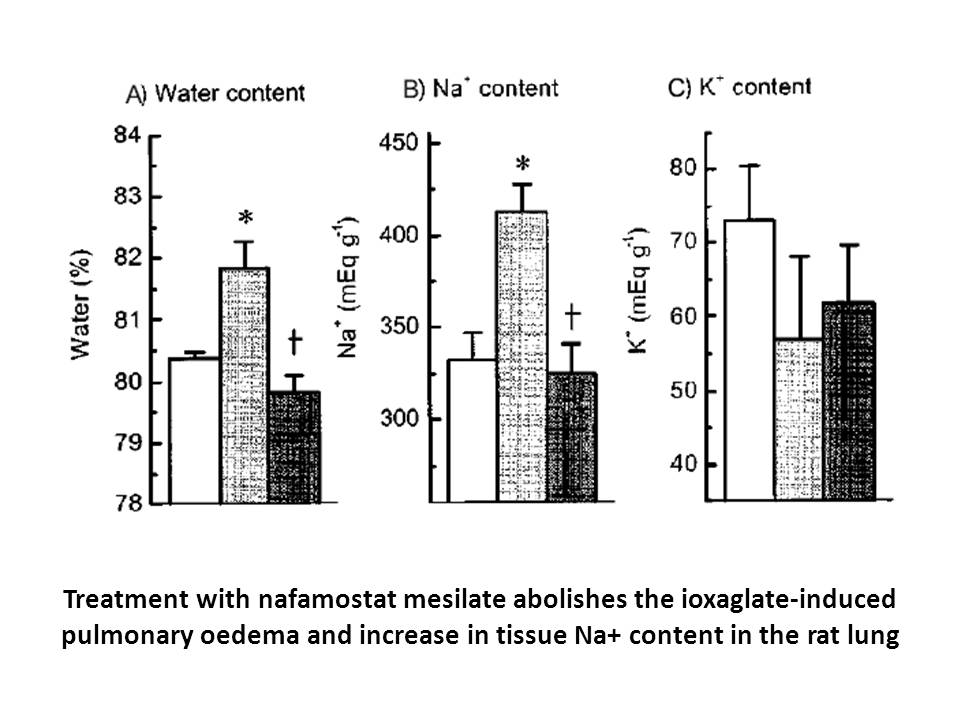
While these previous correlative studies have measured tDDR1 protein by IHC, these studies have not considered that pDDR1 could also be an important marker of cancer prognosis. A phosphoproteomic survey of lung cancer tissues did identify pDDR1 as one of the most commonly phosphorylated receptor kin
-
clemastine In pregnancy maternal uterine spiral artery SA re
2020-09-21

In pregnancy, maternal uterine spiral artery (SA) remodeling is essential for ensuring efficient blood flow to the developing fetus. A subset of CD49a+Eomes+ decidual NK clemastine (dNK) that actively secretes GFs, such as pleiotrophin and osteoglycin, have recently been described in humans and in
-
br Results br Discussion Many assays in the
2020-09-21

Results Discussion Many assays in the literature for DBH require the use of catalase to protect the active site from hydrogen peroxide, which is a by-product in the initial step of the reaction. For the non-immobilized enzyme there was a visible increase in the rate with increasing amounts of
-
Additional derivatives were synthesised using a modified app
2020-09-21
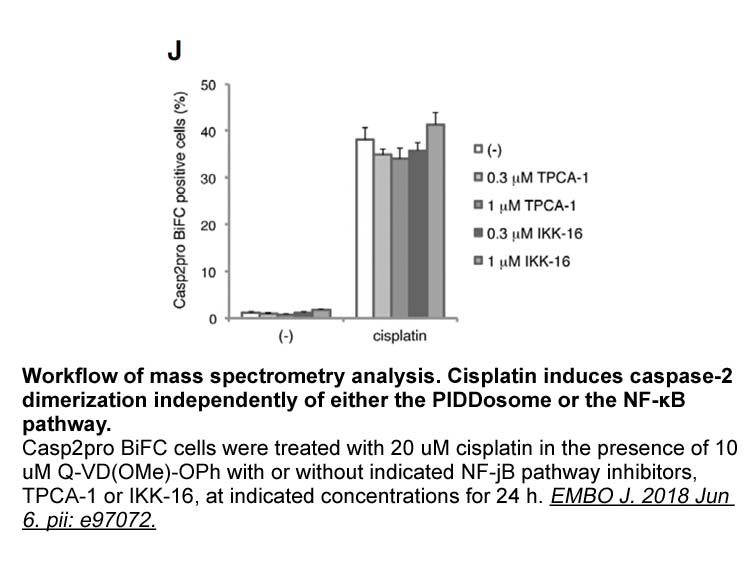
Additional derivatives were synthesised using a modified approach (). Commercially available 4-bromo-2-methoxyaniline () was converted into the boronic ester , followed by a Suzuki–Miyaura cross-coupling with chromenone triflate to afford the corresponding arylamine . Acylation of with chloroacety
-
br Introduction DNA ligation is required during DNA
2020-09-21
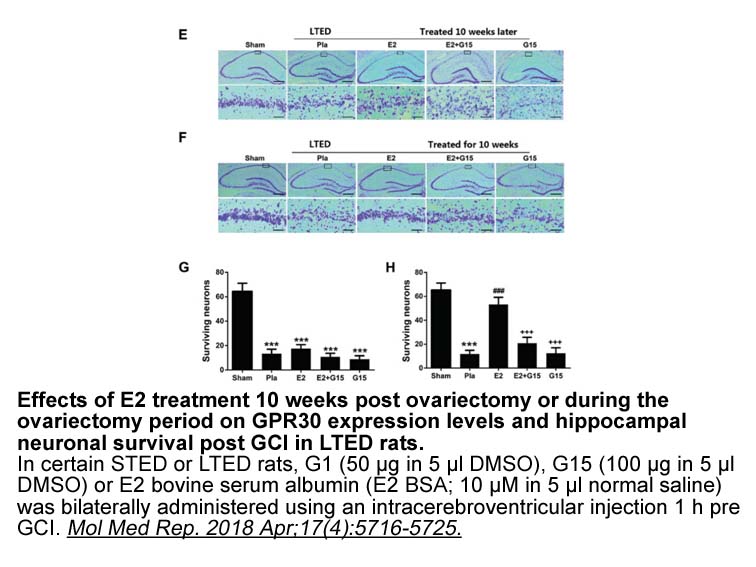
Introduction DNA ligation is required during DNA replication and to complete almost all DNA repair events. In human cells, the DNA ligases encoded by three LIG genes are responsible for joining interruptions in the phosphodiester backbone [1]. These enzymes have distinct but overlapping functions
-
The homologous DDRs are composed of an N
2020-09-21
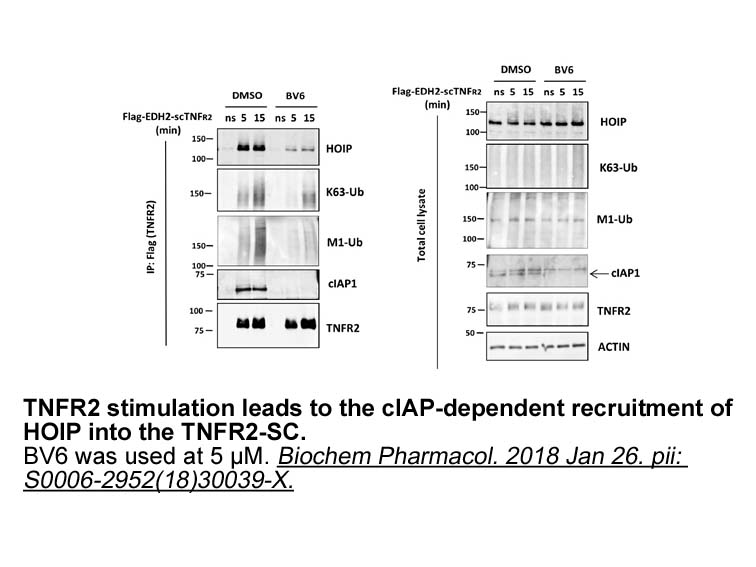
The homologous DDRs are composed of an N-terminal discoidin homology domain, followed by a sequence of ∼220 amino acids unique to the DDRs, a transmembrane domain, a large juxtamembrane domain, and a conserved cytoplasmic tyrosine kinase domain. In a previous study, we demonstrated that DDR activati
-
In the context of food allergy
2020-09-21
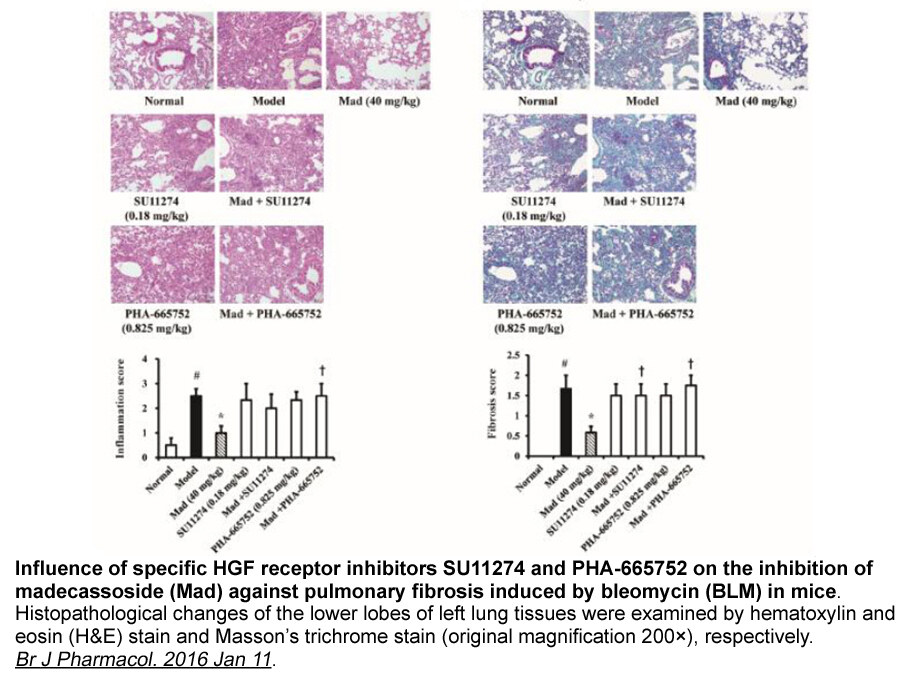
In the context of food allergy it is hypothesized that intestinal barrier dysfunction might contribute to both antigen sensitization and the IgE/mast cell mediated effector phase of allergic disease, however no concluding data has been published to date [5]. An understanding of the mechanism of prim
-
In these studies the inflammatory cytokine IL
2020-09-21
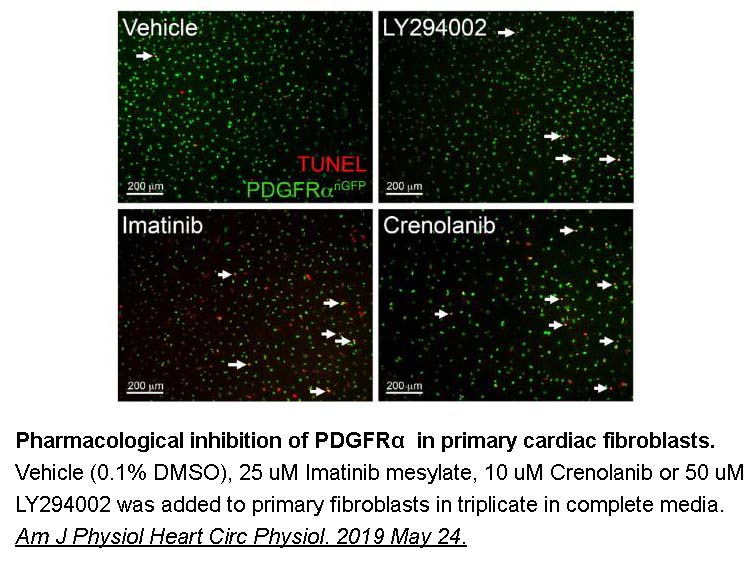
In these studies, the inflammatory cytokine IL-8 was demonstrated as one of the responsible molecules induced by CysLTs via activating CysLT2 receptors. IL-8 is synthesized in and released from mononuclear cells, macrophages, fibroblasts and airway epithelial cells, and it promotes inflammation as a
-
As described above we designed
2020-09-21
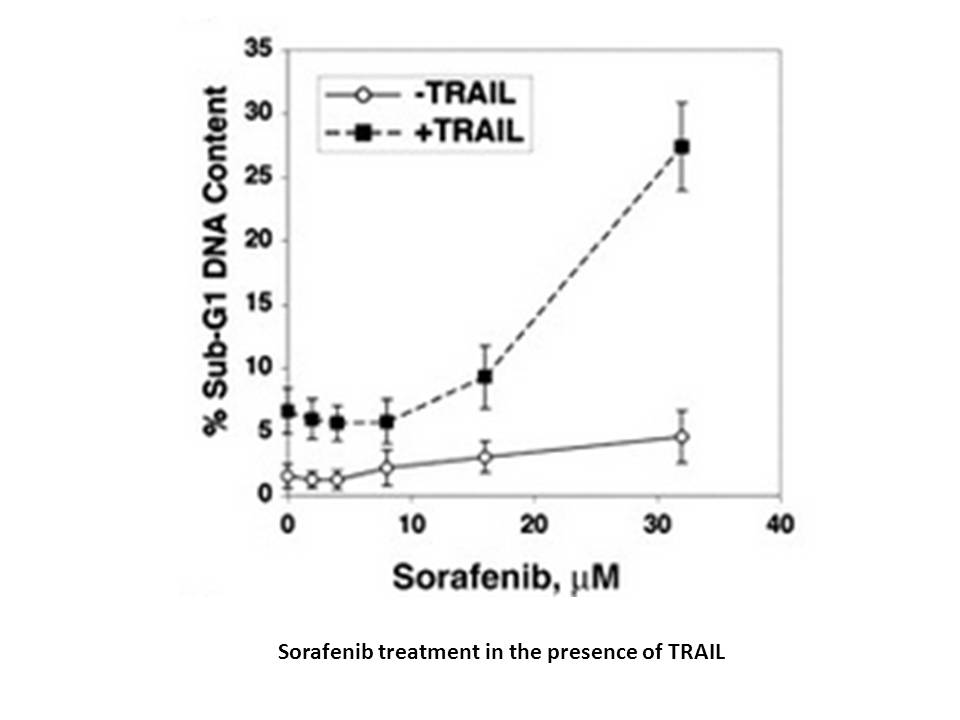
As described above, we designed and synthesized a new 1,4-di-substituted isoquinoline lead compound, and was identified as a ligand with moderate potency for the CRTH2 receptor. We initially we examined the effects of the steric factor of R group on the CRTH2 binding potency (). When the methyl gro
15800 records 771/1054 page Previous Next First page 上5页 771772773774775 下5页 Last page